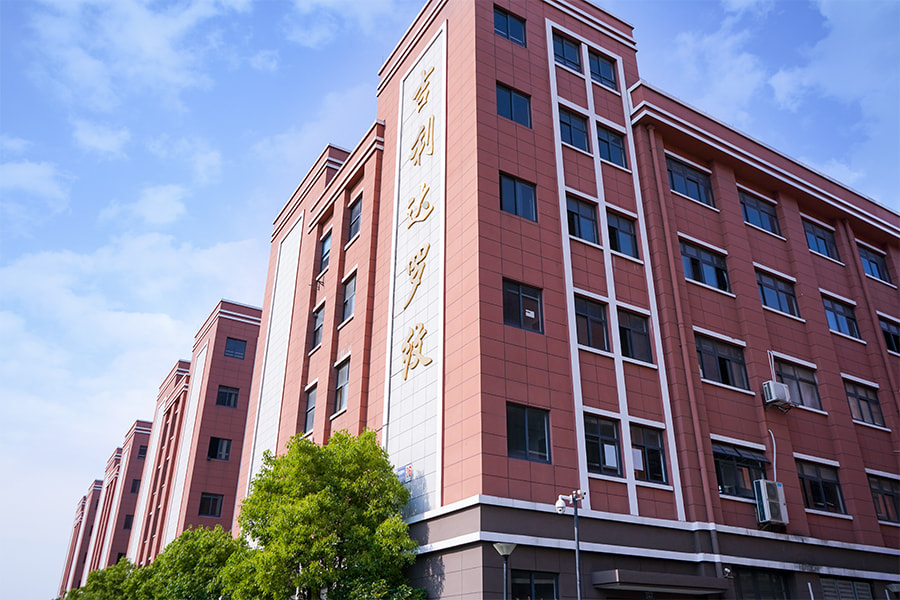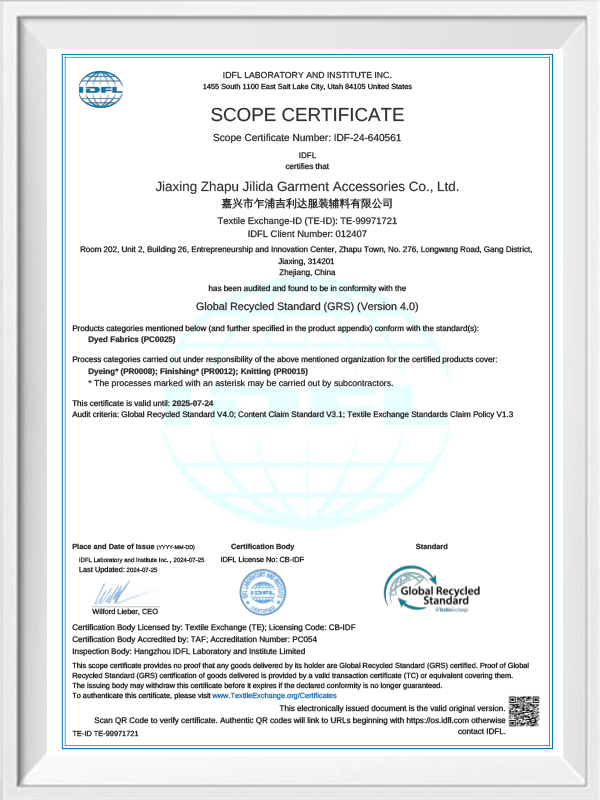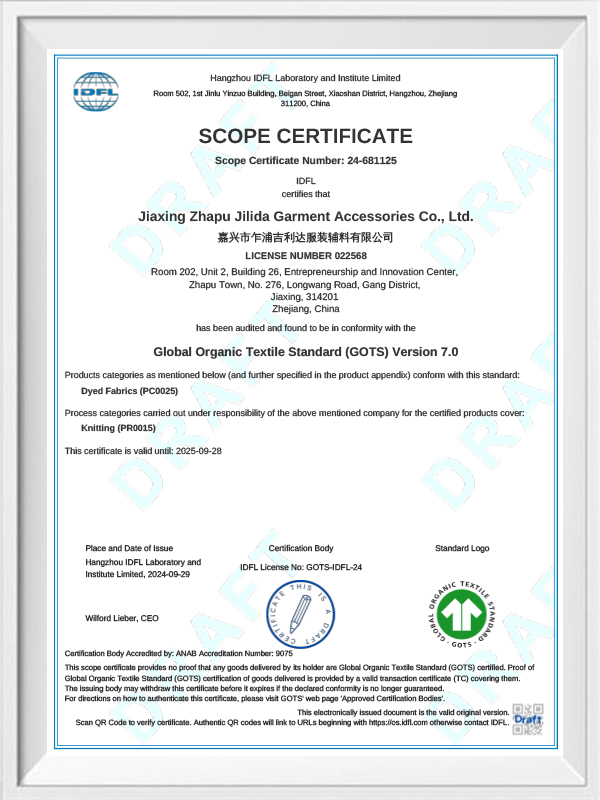The pattern diversity of jacquard rib knitted fabrics, such as concave and convex three-dimensional, hollow, letter jacquard, etc., what are the special requirements for these patterns in the production process?
As a type of fabric that emphasizes both fashion and function, jacquard rib knitted fabrics, with its unique pattern diversity and elastic comfort combined with rib structure, occupies an important position in clothing design. This type of fabric not only retains the flexibility and close-fitting comfort of rib cloth by integrating jacquard weaving technology with the weaving characteristics of rib cloth, but also achieves a qualitative leap in visual effects, adding unlimited design inspiration and three-dimensional beauty to clothing. Especially for patterns such as concave and convex three-dimensional, hollow, and letter jacquard, their special requirements in production technology reflect the high-end customization attributes and exquisite technology of jacquard rib knitted fabrics.
Special requirements for concave and convex three-dimensional patterns
The jacquard rib knitted fabrics with concave and convex three-dimensional patterns form a three-dimensional effect of undulating surface through different arrangements and combinations of yarns and tension control during the weaving process. This process requires precise control of the tension and position of each yarn to ensure that the pattern has a clear outline and a strong three-dimensional sense. In addition, in order to maintain the overall elasticity and wearing comfort of the fabric, the selection of yarns must take into account both strength and softness, and during the weaving process, care must be taken to avoid excessive stretching that causes pattern deformation. Therefore, the use of high-precision computer knitting machines for weaving is the key, which can achieve accurate presentation of complex patterns while ensuring the stability of the fabric structure.
Special requirements for hollow patterns
Jacquard rib knitted fabrics with hollow patterns are ideal for summer clothing due to their transparent and light characteristics. The difficulty in producing such patterns lies in how to create a fine and uniform hollow effect while maintaining the integrity of the fabric structure. This requires that during the weaving process, not only the weaving path of the yarn must be accurately controlled, but also the shedding technology of specific yarns must be cleverly used to form the expected hollow area. At the same time, in order to prevent the yarn at the edge of the hollow area from loosening, special treatment of the edge is required, such as reinforced weaving or the use of special fibers to ensure the durability and beauty of the fabric.
Special requirements for letter jacquard patterns
Letter jacquard patterns are widely used in sportswear, casual wear and other fields due to their clear readability and varied styles. The production of such patterns places high demands on the accuracy of the equipment and the programming capabilities of the software. First, high-precision computer knitting machines are required to ensure smooth lines and accurate proportions of each letter through sophisticated program design. Secondly, considering that letter patterns often involve multiple colors, special attention should be paid to yarn management and color matching, ensuring that the colors are bright and lasting, while avoiding confusion and penetration between colors. In addition, in order to enhance the three-dimensional sense and visual impact of the letter pattern, special processes such as double-layer weaving technology or adding reflective materials are sometimes used.
In the production of jacquard rib knitted fabrics, Jiaxing Zhapu Jilida Garment Accessories Co., Ltd. has demonstrated strong production capacity and technical strength with its 200 advanced computer knitting machines. These equipment can not only efficiently and accurately complete the weaving of the above-mentioned complex patterns, but also customize production according to customer needs to meet the global market's demand for diversified jacquard rib knitted fabrics. The company focuses on technological innovation and quality control to ensure that each product can meet excellent quality standards, providing clothing designers and manufacturers with a rich selection of fabrics to jointly promote the development of the fashion industry.
The diversity of patterns of jacquard rib knitted fabrics, especially the concave and convex three-dimensional, hollow, letter jacquard and other patterns, puts forward many special requirements in the production process. From yarn selection, tension control to precision programming and edge processing, every step needs to be carefully designed and strictly controlled.

 English
English Español
Español











